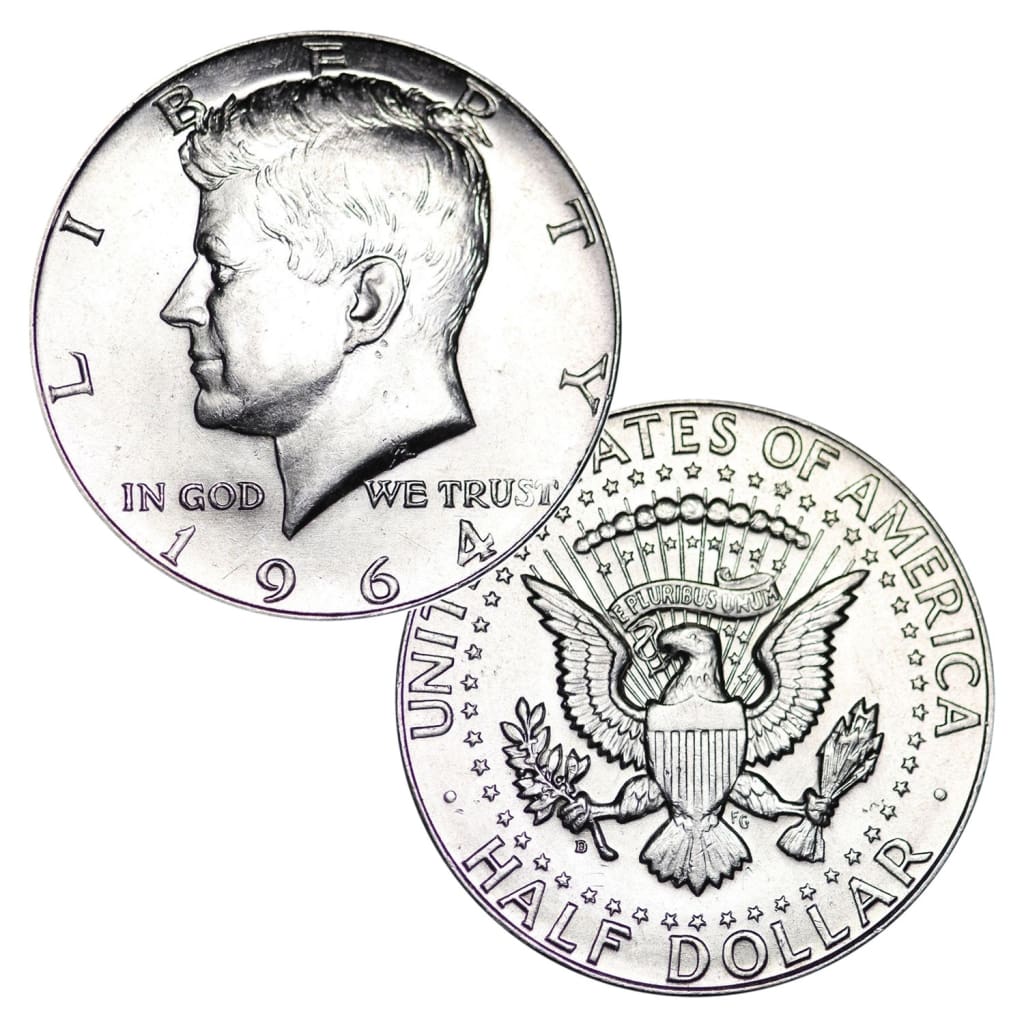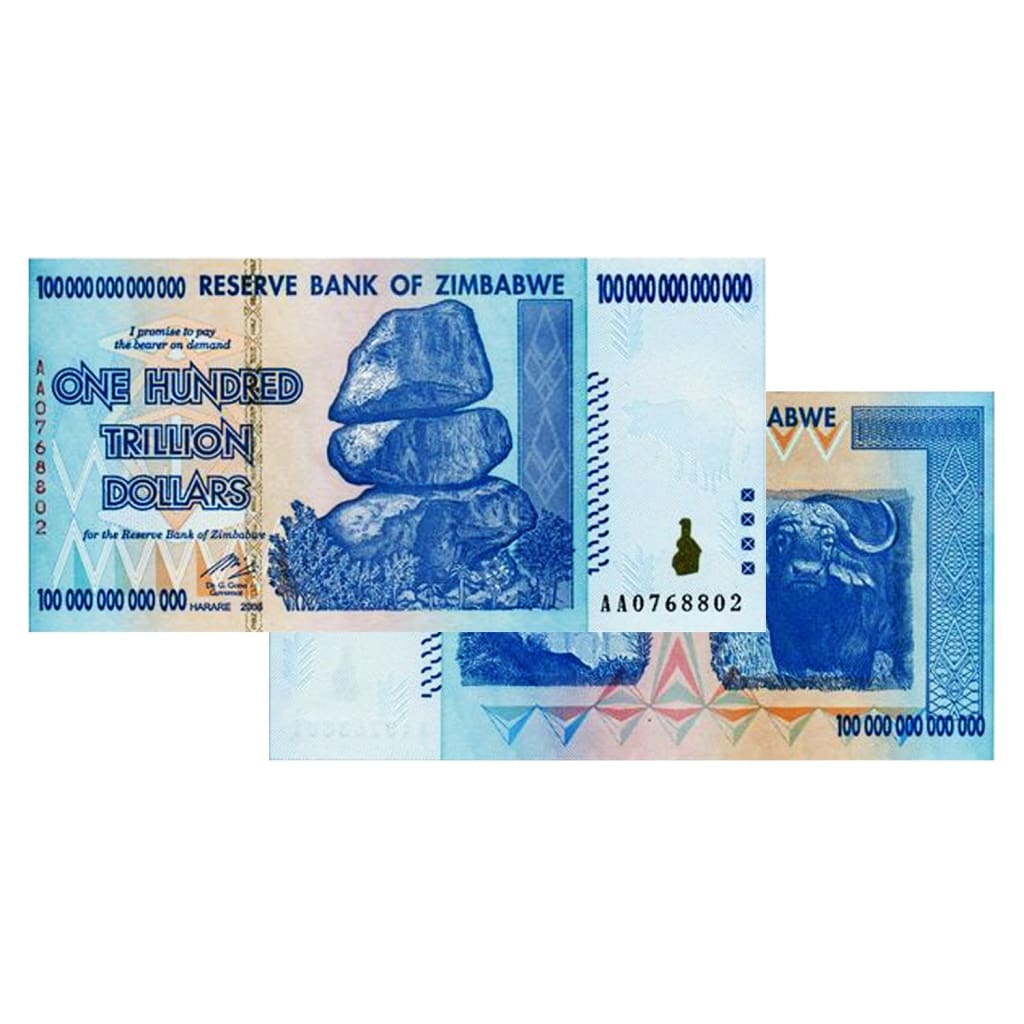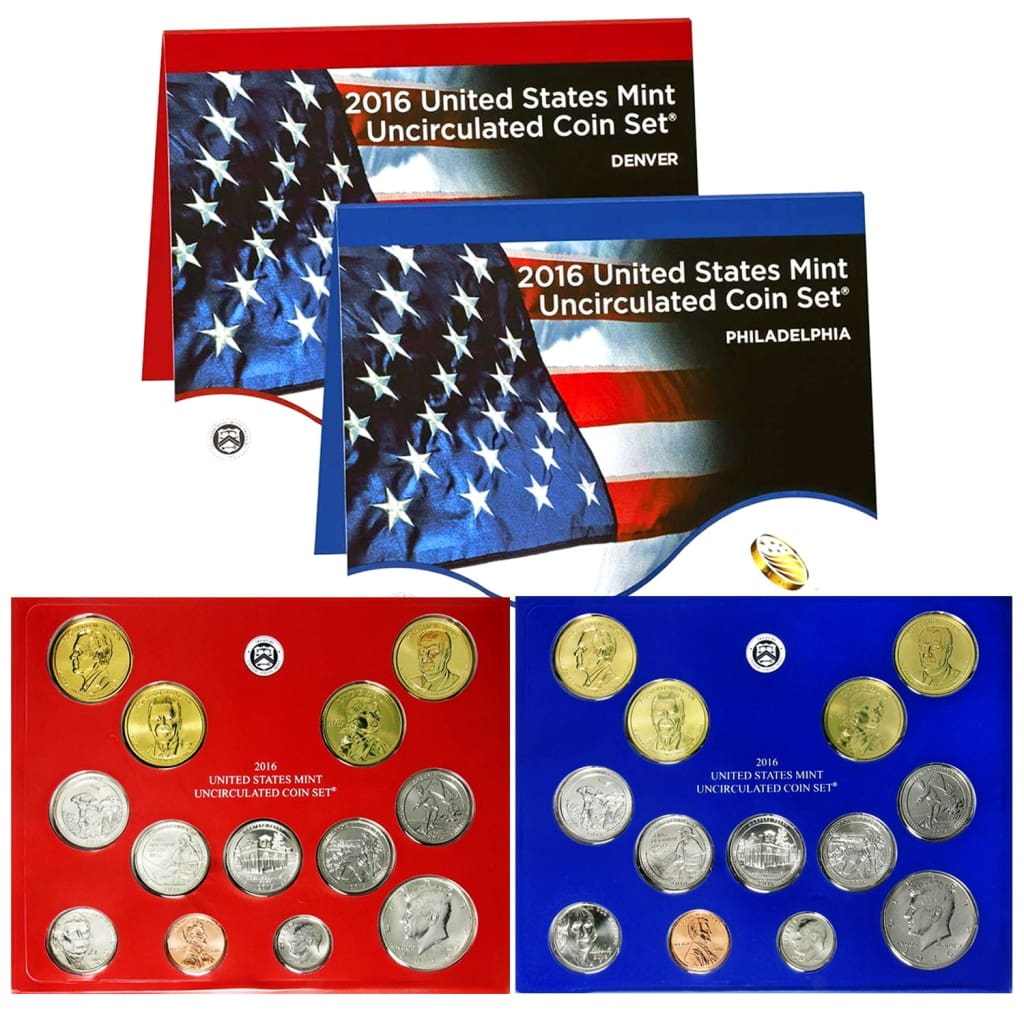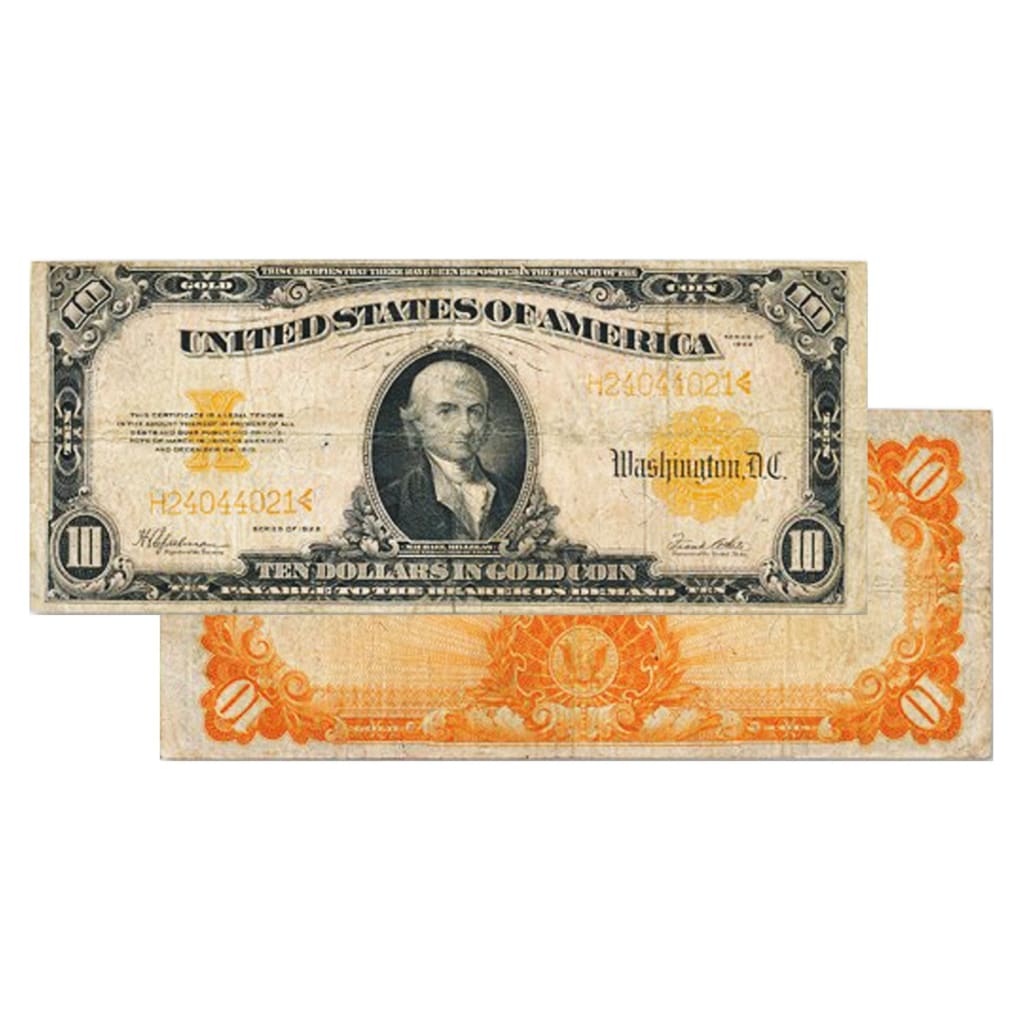The U.S. one-cent coin (commonly known as a penny) was one of the first coins struck by the nation’s original mint in Philadelphia in 1793 and has undergone numerous design changes over its 224-year existence. The longest-running series is the Lincoln cent, entering production on the centennial of the late president’s birth in 1909 and continuing to the present.
“Wheaties” Design
While the obverse (face) of the Lincoln cent has remained relatively consistent through the years, the coin’s reverse has carried several different designs. The original issue featured two curved stalks of wheat surrounding the inscription “One Cent” and “United States of America” with the national motto, “E Pluribus Unum” arched along the coin’s top edge. These coins have become known as “Wheaties” among collectors and include some of the most valuable collectible U.S. coins.
The first mintings bore the initials “VDB” along the bottom edge to commemorate the coin’s designer, Victor David Brenner. Several influential people objected, claiming it was crass self-promotion on Brenner’s part, and the initials were removed shortly after the first issue of the coins, reappearing on the coin’s face in smaller letters above Lincoln’s shoulder.
Production and Metallic Composition
There were 26 billion “Wheaties” produced over its 50-year run, the design eventually replaced by a depiction of the Lincoln Memorial in 1959, the 150th anniversary of Lincoln’s birth.
Production of wheat cents spanned some of the most important times in U.S. history, and their metallic composition reflects it. Originally a bronze alloy of 95% copper with 2.5% tin and 2.5% zinc, wartime demands for copper resulted in a zinc-plated steel coin being introduced in 1943. While the copper released for the war effort made a significant contribution to building more ships, planes, guns, and ammunition, the coin wasn’t well received due to its color and tendency to corrode, and by 1944, the mint was able to salvage enough scrap brass from expended shell casings to reintroduce a brass coin similar in composition to the earlier bronze cents from 1944 to 1946. Post-war, the original bronze alloy returned to production.
Tin was removed from the wheat pennies in 1962, creating a brass alloy of 95% copper and 5% zinc that remained in production until 1982, when the rising cost of copper resulted in the copper-plated zinc coins that remain in production today. An unsuccessful test of aluminum pennies took place in 1974, but they were never produced. Other than two known samples, a dozen or so may be in the hands of collectors, but are technically illegal to own.
A handful of copper cents were made at the San Francisco mint in 1943 before the switch was made to steel, and the 1943-S copper cent is the second-most valuable U.S. penny today, worth nearly $86,000. The king of pennies is a mint-condition 1944 steel cent, mistakenly released after the return of the bronze coins. One auction estimated its value at over $110,000.
Collectible Lincoln Wheat Cents
The Great American Coin Company® is pleased to offer Lincoln Wheat Cents in a variety of forms, from mixed-date rolls of 50 coins to bags of up to 5,000. Thousand-coin bags are also offered for specific decades of the 1910s, 1920s, and 1930s to add to your collection. All our Lincoln wheat cents are in circulated condition. They’re an important part of any collection as well as an inexpensive way to launch a beginner on a rewarding, life-long interest in coin collecting. They make great novelty gifts that capture an important time in U.S. history, too.
To learn more about these and other collectible coins and products, call us at 855-644-2242.





